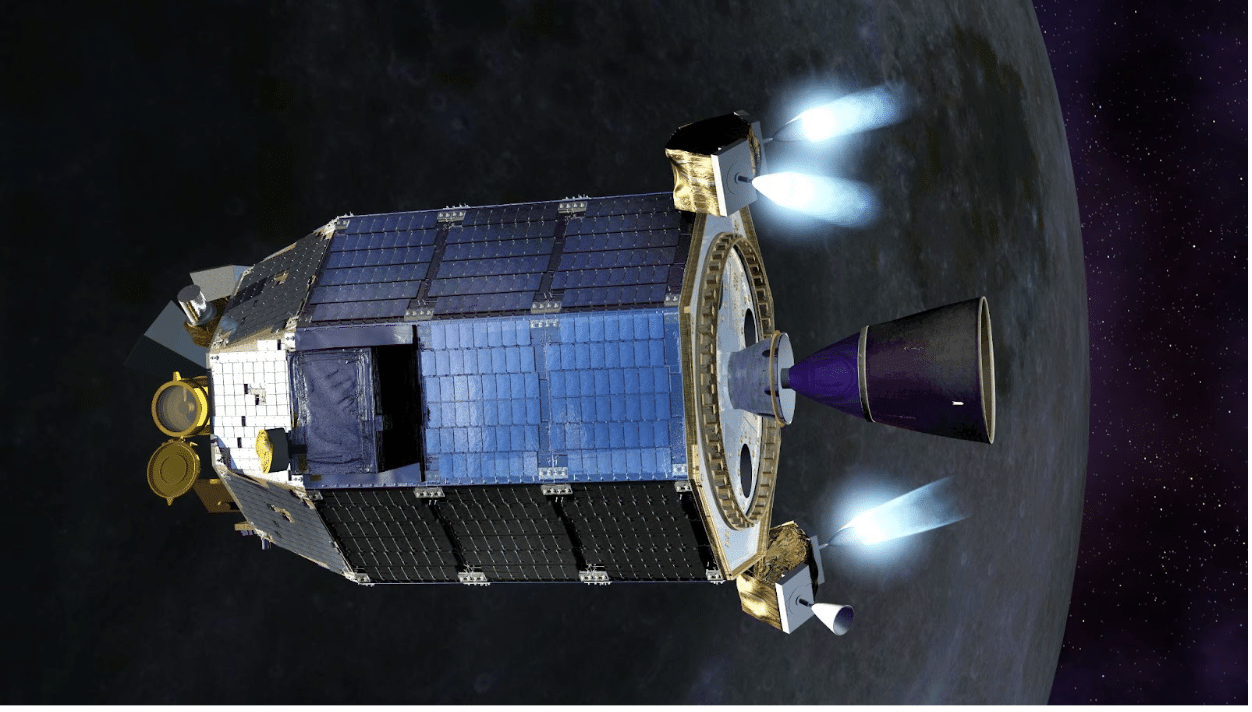A space bus is the main structural component of a spacecraft or satellite, holding scientific instruments and payload. A space bus design and structure can vary depending on the client’s requirements and the mission they need to accomplish. Still, regardless of the mission goal, there will be main space bus structures and components without which the tech would not function. All spacecraft vehicles in our planet’s orbit are equipped with these platforms. But how do they work, exactly? Read on to find out.
What type of systems are in the space buses?
A space bus is made of multiple subsystems such as power and control distribution, propulsion, thermal control, telemetry control & command, attitude control, computers & onboard processing, transmitters, antenna, etc. To accomplish objectives of multiple mission requirements, space companies build systems that feature platform and science spacecraft subsystems with improved science measurement capabilities.
Space bus functions are, therefore, multiple as well. And there are many subsystems that work together to accomplish specific space missions. It’s incredible to see how advanced the capability of combining multiple systems into one spacecraft bus has become.
For any large space vehicle, structure, or mechanism, a bus (aka platform) provides structural support. Spacecraft components would not function in a spacecraft configuration if a platform did not provide support. For example, some components of a platform provide mechanical support so that the spacecraft or satellite can move its solar arrays or antennas. Separate systems of space bus work with command-and-control components back on Earth.
The technical architecture of these platforms is very complex. The software that such a technological masterpiece uses is written in code by computer engineers who have studied these systems for years. Before they get built, satellite platforms are only technical blueprints of multiple subsystems.
Space bus components
<img alt=”Space Bus Components”>
Multiple space bus components have their separate functions, as follows:
ADVERTISEMENT
- Solar panels provide power to a platform, powering its sensors, heating, cooling systems, or telemetry. Platform propulsion power is solar-electric propulsion or electric propulsion.
- Deployers have different geometrical shapes and transform packaged spacecraft into operational form. They are called booms when they have great lengths. They can also be a larger surface area, as with solar sails or solar panels, or immense volumes when used for habitation modules.
- Antennas work to receive and send signals. On most space buses, antennas receive signals transmitted from Earth. A transponder processes these signals and then sends them back to Earth for redistribution.
- Electrical power subsystem to supply a spacecraft with power for sustaining the bus and payload.
- Telemetry command and control subsystem to receive, decode, validate, and distribute commands through an onboard computer (OBC) to other spacecraft systems.
- Attitude determination and control subsystem for sensing any change in spacecraft orientation and stability.
- Thermal control subsystem that heats and cools space platform components.
- Propulsion subsystem store and convert onboard propellant potential energy into energy that exerts propulsion for a spacecraft to move.
What are the specifications of a space bus?
Now that the mechanics of the space bus have been established, let’s dig deeper into the specifications of this type of machinery. A space bus doesn’t necessarily have a uniform shape. Its framework is made mostly of titanium and aluminium. Even if more expensive, titanium is lighter, which makes it very efficient at conserving mass. This type of material is also the best at retaining strength.
The metal structure of a space bus resembles a metal structure of a fighter and high-performance aircraft. Most space bus systems are redundant, so if one device fails, there’s always a space bus backup system that compensates for failure. On average, a space bus with its additional components that make a spacecraft could measure around seven feet in length, five feet in height, and eight feet (in width. Its total weight could exceed a thousand pounds, even though both lighter and heavier versions are available.
The last parameter any space bus should meet is safety. Safety specifications remain the most important because if the platform doesn’t function in safe conditions, the entire spacecraft, payload, and mission are compromised. For this same reason, an engineer performs a structural analysis of its mechanism along with its structures. Structural engineers also evaluate and assess the design of the space bus.
Certain requirements should be proven through finite element analysis and testing. Structural engineers estimate design or critical loads for the safety factor. Even the materials from which a space bus is made are being checked, as they must have vacuum-exposed surface areas for every non-metal component. Space buses, satellites, and spacecraft must follow safety specifications if they are to go on missions. Fortunately, there have been quite a lot of upgrades in the safety area already, and many more are soon to follow.









